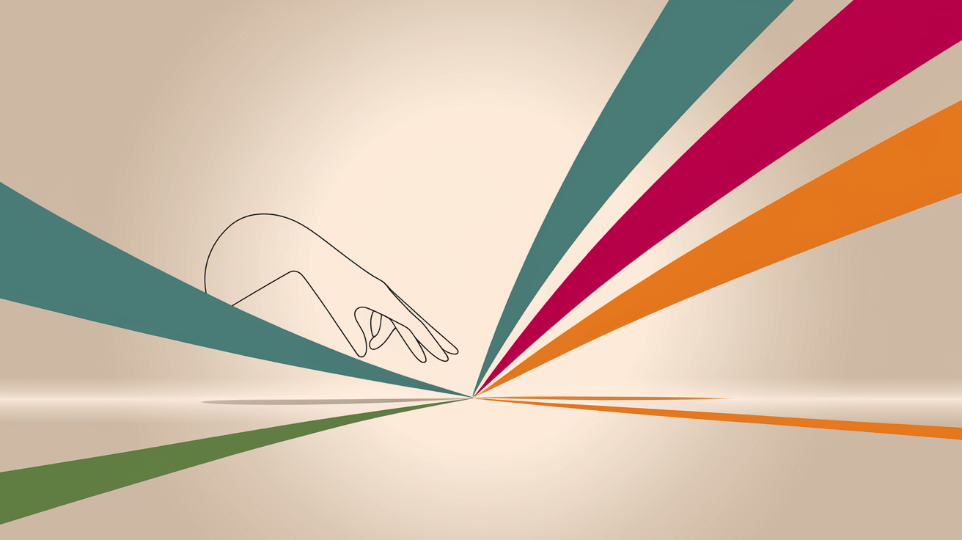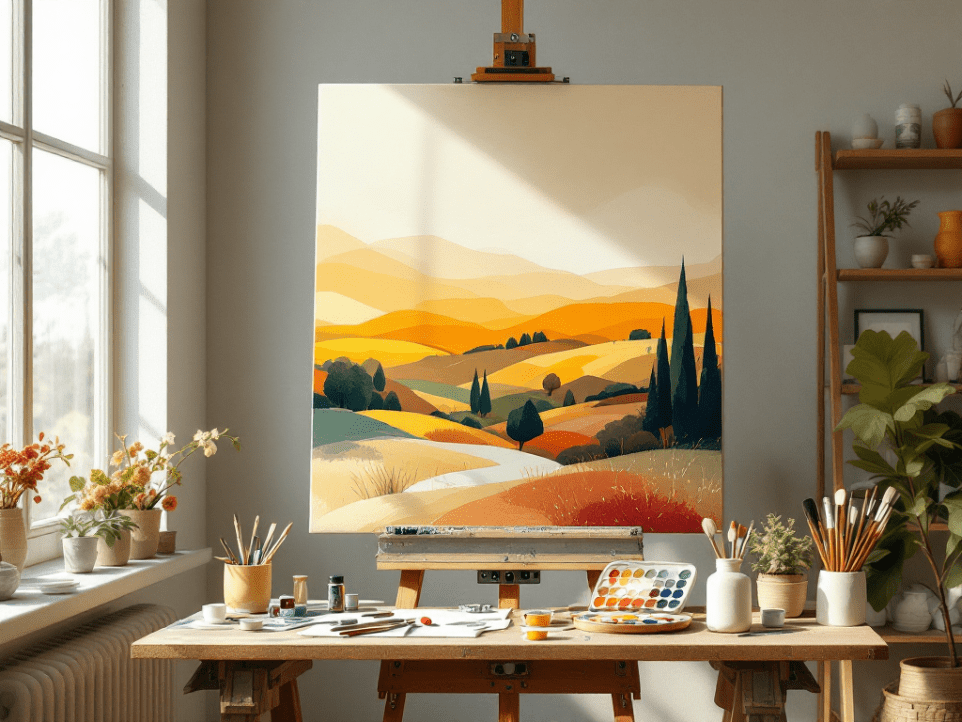AI Failure: Why Tech Billionaires’ Future Plans Often Fall Short
A 2025 S&P Global study revealed that 42% of enterprises abandon AI initiatives before they even launch. For tech billionaires, the stakes are higher, as bold visions often clash with practical realities. Elon Musk’s $97.4 billion bid to control OpenAI in 2025 is a prime example. The legal battle exposed misaligned priorities—Musk’s profit-driven goals versus OpenAI’s ethical AI mission—leading to a public debacle.
AI failure often stems from fundamental issues: misdefined objectives, biased training data, and scalability challenges. A 2024 RAND Corporation study found that 80% of AI projects fail to reach production, with 68% faltering due to vague problem scopes. Even Musk’s ambitious “Gigafactory of Compute” faced setbacks, as hidden costs like cloud expenses derailed progress.
The lesson? Successful AI development requires clear objectives, robust infrastructure, and ethical frameworks. By prioritizing collaboration and phased implementation, innovators can avoid repeating these high-profile failures.









